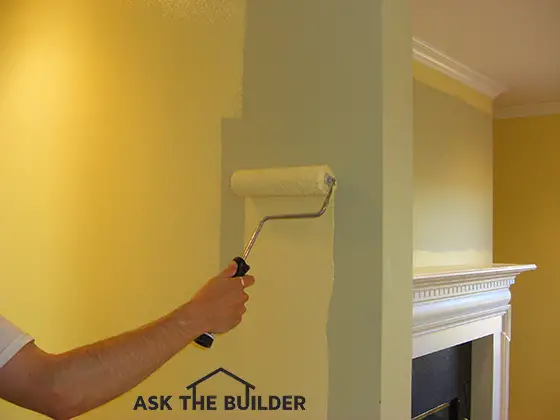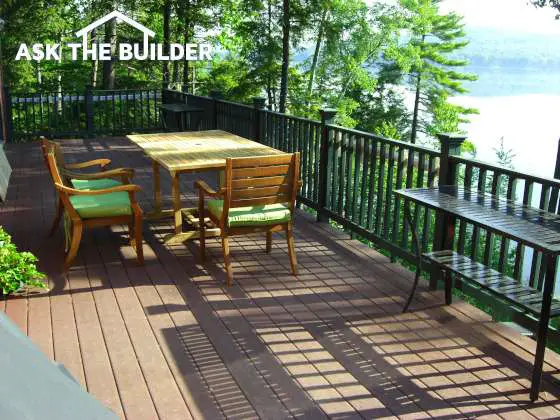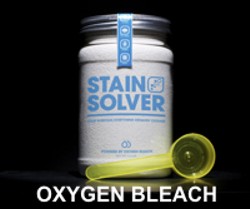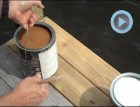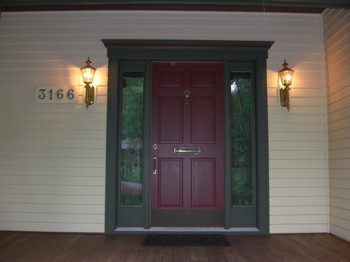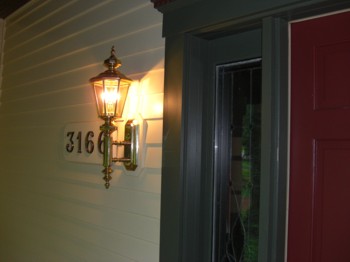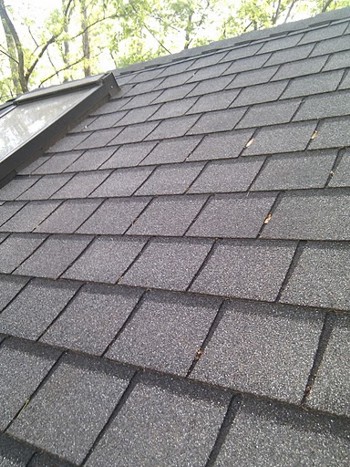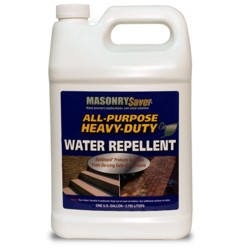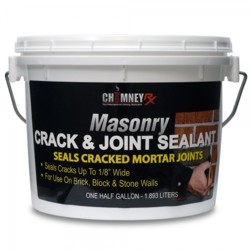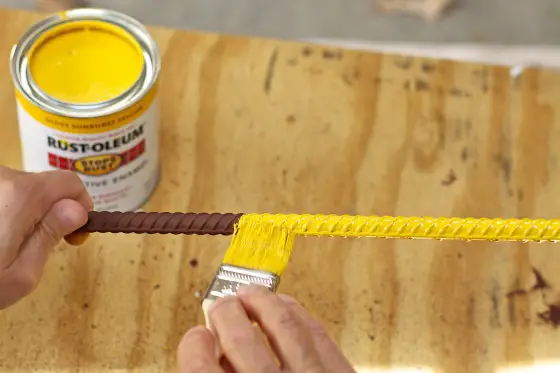
This steel bar could have been painted much faster with rust spray paint. PHOTO CREDIT: Brent Walter
DEAR TIM: Painting some rusty steel is on my to-do list. Does anti-rust paint really work? I’ve not had much luck in the past. What type of rust-stopping paint have you used with good success? What are the tricks you’ve used to ensure the paint doesn’t flake off over time? Any tips you can share would be greatly appreciated. Sandy P., Greensboro, NC
DEAR SANDY: I’ve got lots of experience painting rusty steel and iron. Over the years, the different paint products I’ve used have changed, however, I continue to have great success keeping the metal from rusting.
If you travel much, you see rust-stopping paint in use on many interstate highway bridges. Rust is a major headache for these structures as well as countless factories, buildings, towers, etc. that are exposed to the weather. Because steel is such a strong and affordable building material, it’s used everywhere. The trouble is, when left unprotected, it wants to oxidize forming the rust that can weaken it and make it look bad.
WATCH the following video about a super RUST-PREVENTATIVE spray paint. You can also buy this paint in cans. CLICK or TAP HERE to order the paint you see me use in the video.
The coatings industry has been developing incredible paints and coatings for years that will protect steel from rust. I remember well over 30 years ago seeing some of these specialized paints at a paint store I bought from on a regular basis. These paints were not out on the shelf for normal customers, as they were special coatings that were used by institutions and large-scale commercial painters.
If you visit any decent paint store, they’ll have in stock rust preventive paint. Often the trick is to purchase a special primer that’s meant to be used on bare steel or steel that may have a fine coating of rust. These primers are developed to bond well to the oxidized steel. Remember, you can get a chemical bond happening with certain paints. That’s what you want after all, a great bond between the steel and the paint.
You can also purchase a popular national brand rust paint called Rustoleum. I’ve used it for years with great success. This is a consumer brand paint that can be found in just about every hardware store and home center. It comes both in a rust spray as well as a brush-on paint. I’ve used both with fantastic results.
The biggest tips I can give are to always read the label on whatever paint you decide to use. First make sure you can paint the object correctly. Some paints and rust-inhibitor paints want the steel to be rust-free. Other paints allow there to be some rust present.
The instructions on the label almost always call for you to scrape off any flaking rust or metal scale. This is just common sense when you think of it. The better job you do preparing the metal, the longer the paint job will last.
Pay attention to the temperature guidelines as well. Don’t paint in extreme conditions where you’re at the limit of the paint’s tolerances. Take your time and be sure you coat the surface of the metal completely. Great lighting can help you here.
Avoid skipping steps. If the finish paint you intend to use says to use a special rust primer paint, use it. Don’t try to substitute a different primer. Many finish paints are formulated to bond very well to the primers made by the same company.
Read on the paint label about re-coat times. It’s always a great idea to follow painting the finish paint as soon as you’re allowed to apply it. When you do this, the finish paint can bond both chemically and mechanically to the primer. You get superior results when you can paint like this.
I like to paint steel with a spray gun when I can. It takes some extra time to set up to prevent over-rust paint spray, but in the long run it can be a time saver. Be very careful you don’t over thin the paint should you use spray equipment. Too much thinner will weaken the paint.
Rust painting can be fun in a weird way. If you expose someone to this painting, they almost always feel the paint will not bond to the rust. Little do they know that the paint chemists understand what’s going on with the rust and steel.
I’ve painted some rusty gas piping that’s exposed to the weather with amazing results. I used the correct primer and made sure the steel pipe was clean, dry and dust free. The rust primer went on great and dried well. A few hours later, I applied the finish paint made by the same company.
Two years later the steel pipe looks like I painted it hours ago. There’s not one place where the paint has flaked or the gloss has dulled. Get good paint, read the label, follow directions to the letter and you should have rust-free metal for many years.
Author’s Note: Tom R. of Pickerington, OH, offered this helpful suggestion regarding rust prevention.
"In today's column, you spoke of rust prevention. I have a suggestion for your request for tips. For many years, I have used a product called "Rust Mort", which I obtain from Sherwin Williams auto paint stores. This is a very watery product that is brushed on the rust. It removes scaling rust, but not the rust itself. It goes a long way.
Let it stand for 24 hours. The solution will turn the rust into a black oxide. The solution will not convert the surface if there is no rust present. Rinse the item & to remove any solution that may have remained on the surface or a painted area. Failure to rinse may result in adhesion problems.
Prime the surface and allow it to dry, then refinish with a good rustproof paint. Takes two days, but it works. We used this in the body repair auto industry. I used this process 13 years ago on a camping pavilion next to a lake. The roof joists were steel double X girders, and in bad shape. They are still in good condition as of last year. I was amazed.
Contents: Phosphoric Acid 75% (7664-38-2), Chromic Acetate(39430-51-8), Isopropanol (6763-0), Water.
Hope this helps."
Column 829
